Perching on top of a headland, Vila Real preserves stately houses adorned with coats of arms, Manueline windows and traditional wrought iron balconies.
It is an old city, located on the confluence of the Rivers Corgo and Cabril, framed by the Alvão and Marão Mountains to the west, and the Serra de Montemuro to the south. An inland city, it boasts a waterfront avenue over a deep ravine along which the River Corgo flows.
Avenida Carvalho Araújo, bordered by traditional cobbled pavements, runs across the city, leading at one end to the 19th century Town Hall building. Further along is the Gothic Cathedral and, opposite, a 16th century house with Manueline windows which houses the Tourist Office.
As you continue your stroll between Avenida Carvalho Araújo and the waterfront avenue, amid stately houses and shopping streets, you will get to the liveliest and most typical part of Vila Real. This is where the Misericórdia Church and the Clérigos Church are to be found, the latter a masterpiece by the Italian architect Nicolau Nasoni. Take a moment to admire the balconies decorated with iron railings and the granite framed windows which form a gallery of genuinely Portuguese civic architecture.
Perching on top of a headland, Vila Real preserves stately houses adorned with coats of arms, Manueline windows and traditional wrought iron balconies.
It is an old city, located on the confluence of the Rivers Corgo and Cabril, framed by the Alvão and Marão Mountains to the west, and the Serra de Montemuro to the south. An inland city, it boasts a waterfront avenue over a deep ravine along which the River Corgo flows.
Avenida Carvalho Araújo, bordered by traditional cobbled pavements, runs across the city, leading at one end to the 19th century Town Hall building. Further along is the Gothic Cathedral and, opposite, a 16th century house with Manueline windows which houses the Tourist Office.
As you continue your stroll between Avenida Carvalho Araújo and the waterfront avenue, amid stately houses and shopping streets, you will get to the liveliest and most typical part of Vila Real. This is where the Misericórdia Church and the Clérigos Church are to be found, the latter a masterpiece by the Italian architect Nicolau Nasoni. Take a moment to admire the balconies decorated with iron railings and the granite framed windows which form a gallery of genuinely Portuguese civic architecture.
In the Vila Real suburbs, you will find the Mateus Palace, one of the jewels of Portuguese Baroque, designed by Nicolau Nasoni. This palace, surrounded by gardens, is a must-see with its carved wooden ceilings, furniture, paintings and artefacts from different periods, of which a remarkable edition of “Os Lusíadas” stands out. It is a vibrant cultural centre which organises festivals, courses, seminars and exhibitions.
Taking the opposite direction to the Mateus Palace, is the Alvão Natural Park, with small traditional villages, such as Lamas de Olo and Ermelo, and the Fisgas de Ermelo waterfalls. To the south, past the attractive Campeã valley, you will get to Serra do Marão, where goats and Maronesa cattle graze. These are unparalleled natural places graced with landscapes of rare beauty.
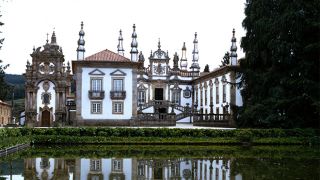


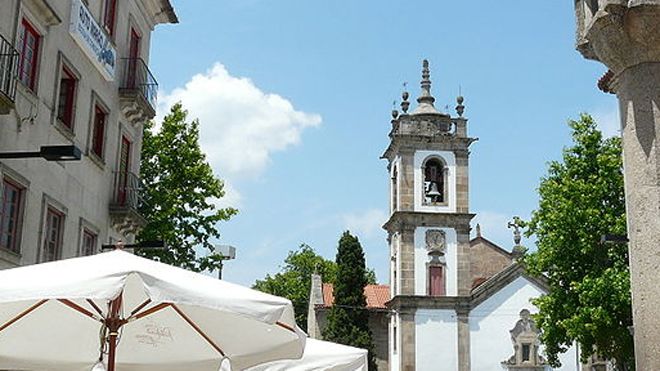






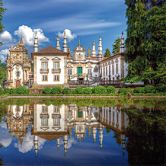
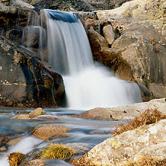

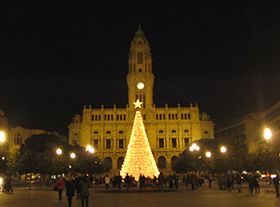
 Explore
Explore 
 Remember and Share
Remember and Share 


